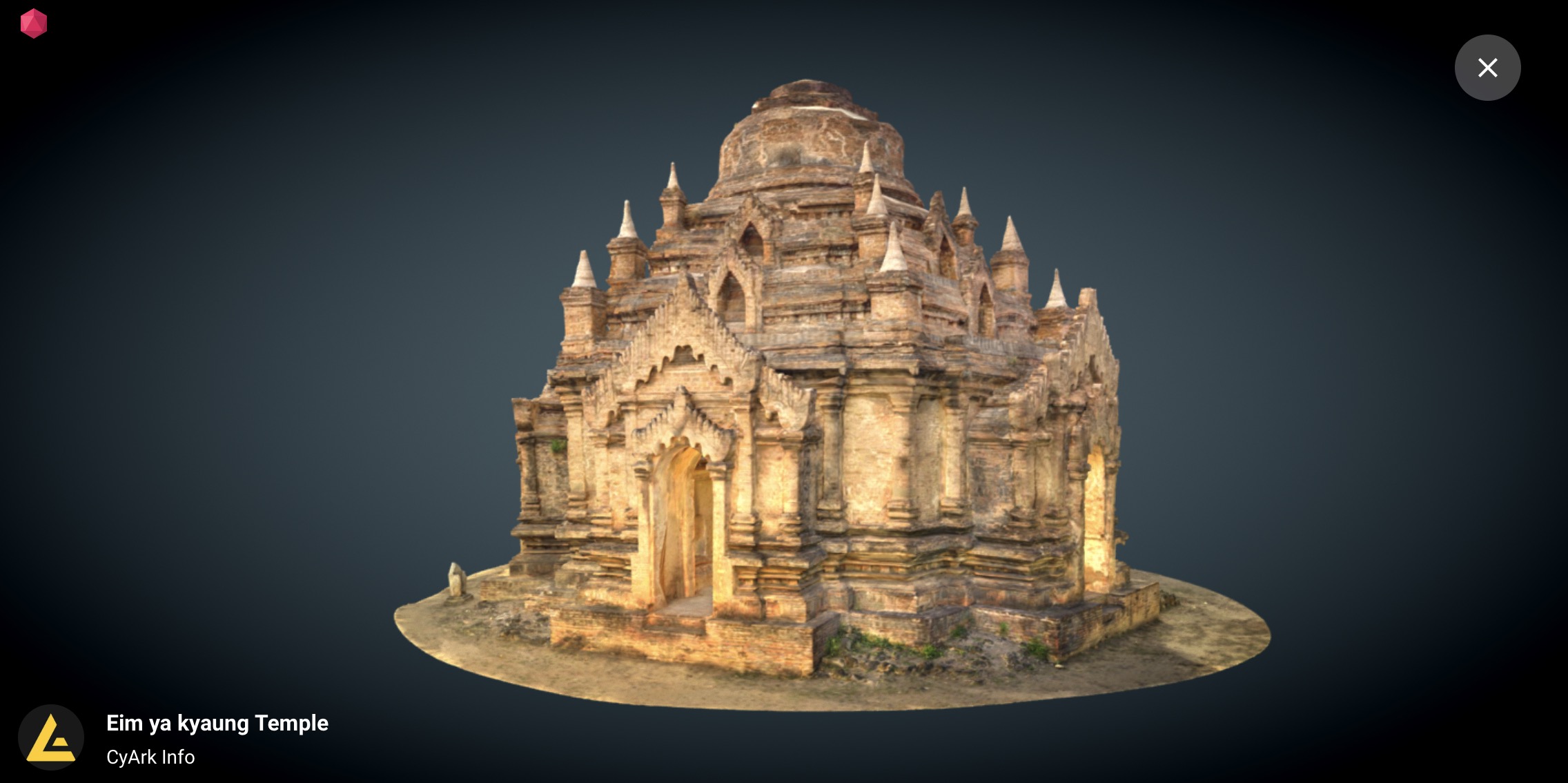Google announced today that it has partnered with CyArk for the Open Heritage project, which aims to “preserve” endangered historical sites using advanced 3D laser scanning technology. In addition to creating reference-caliber maps of locations to be used in reconstruction efforts, the partnership will allow users with VR headsets, mobile devices, and computers to tour the sites in 3D.
CyArk’s system creates millimeter-precise maps of shapes, colors, and textures that can be used as direct comparisons against structures that are at risk of complete or partial destruction. While laser scanning is a key element in the mapping, the company also uses drones and DSLRs to capture imagery used in the virtual construction process.

Unlock premium content and VIP community perks with GB M A X!
Join now to enjoy our free and premium membership perks.
![]()

![]()